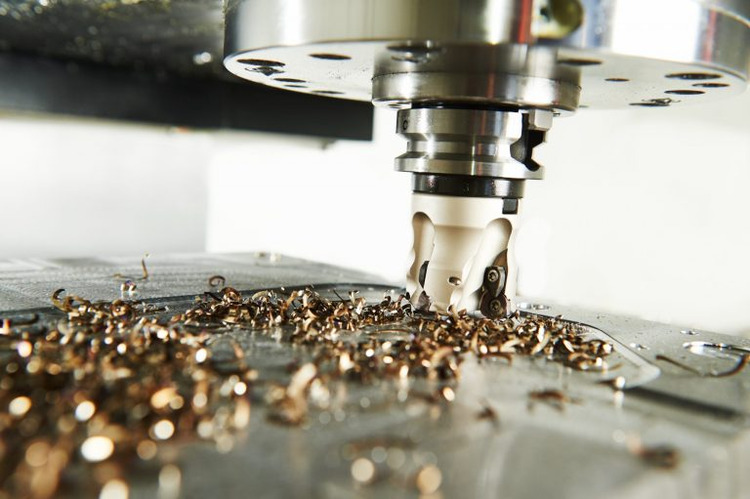CNC Prototype Machining: Everything You Need to Know

In the manufacturing world, CNC prototype machining stands out as a game-changer. This advanced technology has revolutionized the way prototypes are developed, bringing precision and efficiency to the forefront. In this comprehensive guide, we’ll explore into the intricacies of CNC prototype machining, covering everything from its fundamentals to its applications and benefits.
1: Understanding CNC Prototype Machining
CNC Machining Defined:
CNC, or Computer Numerical Control, machining refers to a manufacturing process that utilizes computerized controls to operate and manipulate machine tools. When applied to prototyping, this technology allows for the creation of highly detailed and accurate prototypes with minimal manual intervention.
The Prototyping Advantage:
Unlike traditional prototyping methods, CNC prototype machining offers unparalleled precision and repeatability. The process involves the removal of material from a solid block, resulting in prototypes that closely mimic the final product in terms of form and function.
Key Components of CNC Machining:
Explore the essential components of CNC machining, including the CNC machine itself, the cutting tools, and the computerized controls. Understanding these elements is crucial for grasping the intricacies of the machining process.
2: The CNC Prototype Machining Process
Design and Programming:
A successful CNC prototype machining project begins with meticulous design and programming. CAD (Computer-Aided Design) software is employed to create a digital model of the prototype, which is then translated into machine-readable code.
Material Selection:
Dive into the importance of selecting the right material for CNC prototype machining. Factors such as the prototype’s intended use, material properties, and machinability play a crucial role in this decision-making process.
Machining Operations:
Explore the various machining operations involved in CNC prototype machining, including milling, turning, and drilling. Each operation contributes to the creation of a precise and functional prototype.
3: Applications of CNC Prototype Machining
Automotive Industry:
Discover how CNC prototype machining has become indispensable in the automotive industry for developing prototypes of vehicle components, ensuring optimal performance and safety.
Medical Device Prototyping:
Explore the critical role CNC prototype machining plays in the development of medical devices, where precision and accuracy are paramount for the success of the final product.
Aerospace Engineering:
Learn about the applications of CNC prototype machining in aerospace engineering, where complex and intricate components demand the highest levels of precision.
4: Advantages and Considerations
Precision and Accuracy:
Highlight the unparalleled precision and accuracy that CNC prototype machining offers, emphasizing its impact on the quality of prototypes and final products.
Time and Cost Efficiency:
Discuss how CNC prototype machining streamlines the prototyping process, reducing both time and costs compared to traditional methods.
Considerations for Successful CNC Prototype Machining:
Provide insights into factors such as material considerations, machine capabilities, and the importance of skilled programming for a successful CNC prototype machining project.
Concluding Thoughts
CNC prototype machining has emerged as a cornerstone in the realm of precision prototyping, offering a host of advantages for diverse industries. As technology continues to advance, the impact of CNC machining on innovation and product development is poised to grow exponentially. By understanding the nuances of this process, manufacturers can harness its potential to create prototypes that not only meet but exceed expectations.
